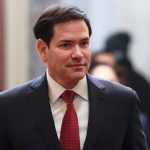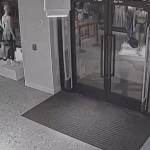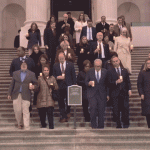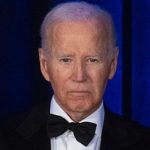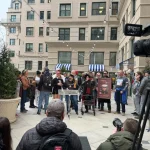Nepal’s “Gen Z” protesters endorsed a military curfew after deadly riots sent the country into chaos.
The small Himalayan nation was rocked by its deadliest violence in decades after a protest against a law banning several social media sites spiraled into violent riots expressing anger against government corruption and nepotism. Protesters stormed and burned down Nepal’s parliament, beat up government ministers, and torched the residences of the prime minister and several other top officials, along with the Supreme Court and police stations. Prime Minister K.P. Sharma Oli and other top ministers resigned, leaving the country without a clear leader. Nepal’s military deployed troops and instituted a curfew in an effort to quell the violence.
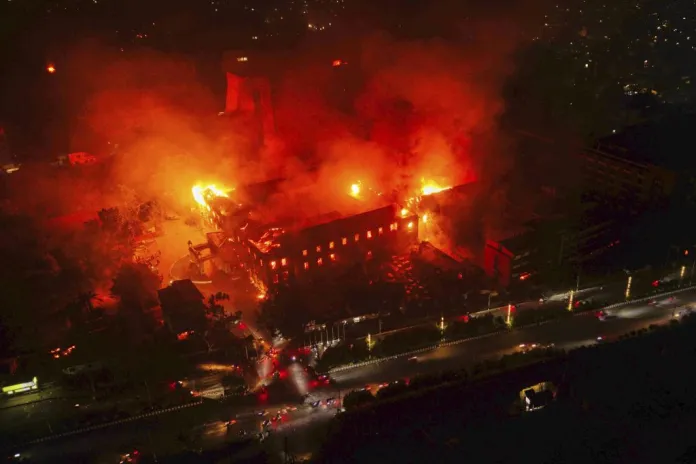
In a move either intended to consolidate their power or walk back from it, the leaders of the protest movement insisted that any violence was committed by “infiltrators” who took advantage of the situation to loot and commit violence.
A statement from the protesters, obtained by the BBC, said “our movement was and remains non-violent and rooted in the principles of peaceful civic engagement.” The group then endorsed the military deployment and curfew and said no further protests were planned.
“We are mainly in the process of controlling elements who are taking advantage of the situation to loot, set fires and cause various incidents,” military spokesman Rajaram Basnet told the BBC.
The military has been patrolling the streets, with its fearsome reputation largely ending the riots.
The protests began on Monday, quickly leading to the social media ban being repealed. By then, however, larger sentiment against corruption and perceived nepotism fueled anger towards the government, leading to violent clashes that killed at least 19 protesters and two police officers. The following day, the government lost control of the situation, triggering general anarchy and the mass destruction of government buildings.
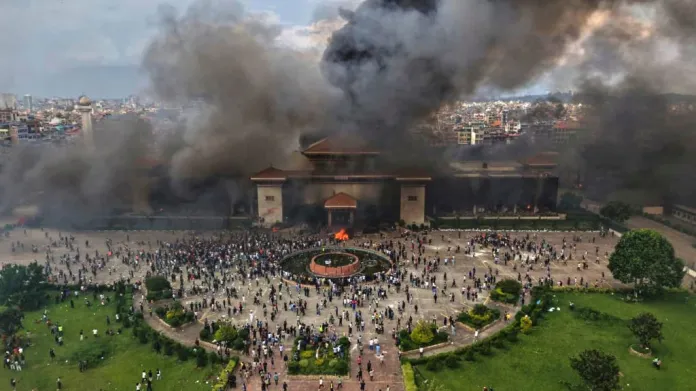
Protesters unleashed their anger on government ministers, especially the Communist deputy prime minister and finance minister, Bishnu Paudel. Videos posted on social media showed Paudel chased through the streets of Kathmandu, kicked and beaten, then stripped, carried through the streets, and thrown in a river as mobs jeered.
The Minister of Foreign Affairs, Arzu Rana Deuba, was kicked and punched in the face.
The spokesman for Nepal’s health ministry, Dr. Prakash Budhathoki, said the death toll stands at 30, with 1,000 more injured, according to the BBC. Most of the casualties were the result of clashes on Monday.
A joint statement from the United States, the United Kingdom, France, Japan, Germany, Norway, Switzerland, and three other countries affirmed “strong support for the universal rights of peaceful assembly and freedom of expression” in Nepal.
The U.S. Embassy in Kathmandu issued a shelter-in-place order for U.S. residents, urging them to only travel if absolutely necessary.
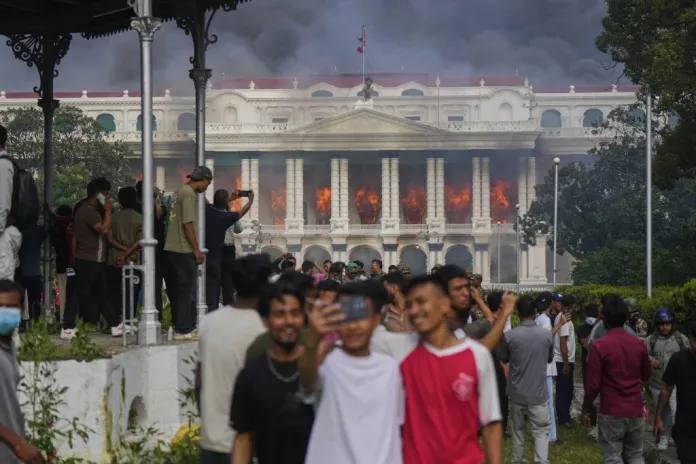
The Gen Z protest leaders chose former Chief Justice Sushila Karki as their preferred candidate to serve as interim prime minister until new elections are held. They engaged in negotiations with the military on Wednesday, according to the New York Times. Karki said she accepted the request in an interview on News28.
BEHIND NEPAL’S DEADLY PROTESTS OVER SOCIAL MEDIA BAN LIES ANGER OVER CORRUPTION AND NEPOTISM
She said, “Those young boys and girls, they asked me, they requested me, and I accepted this honor.”
“They have told me that they believe in me,” she said, adding that she could run “the government for a short time, for the purpose of doing an election.”

